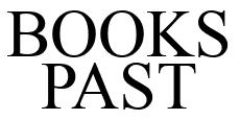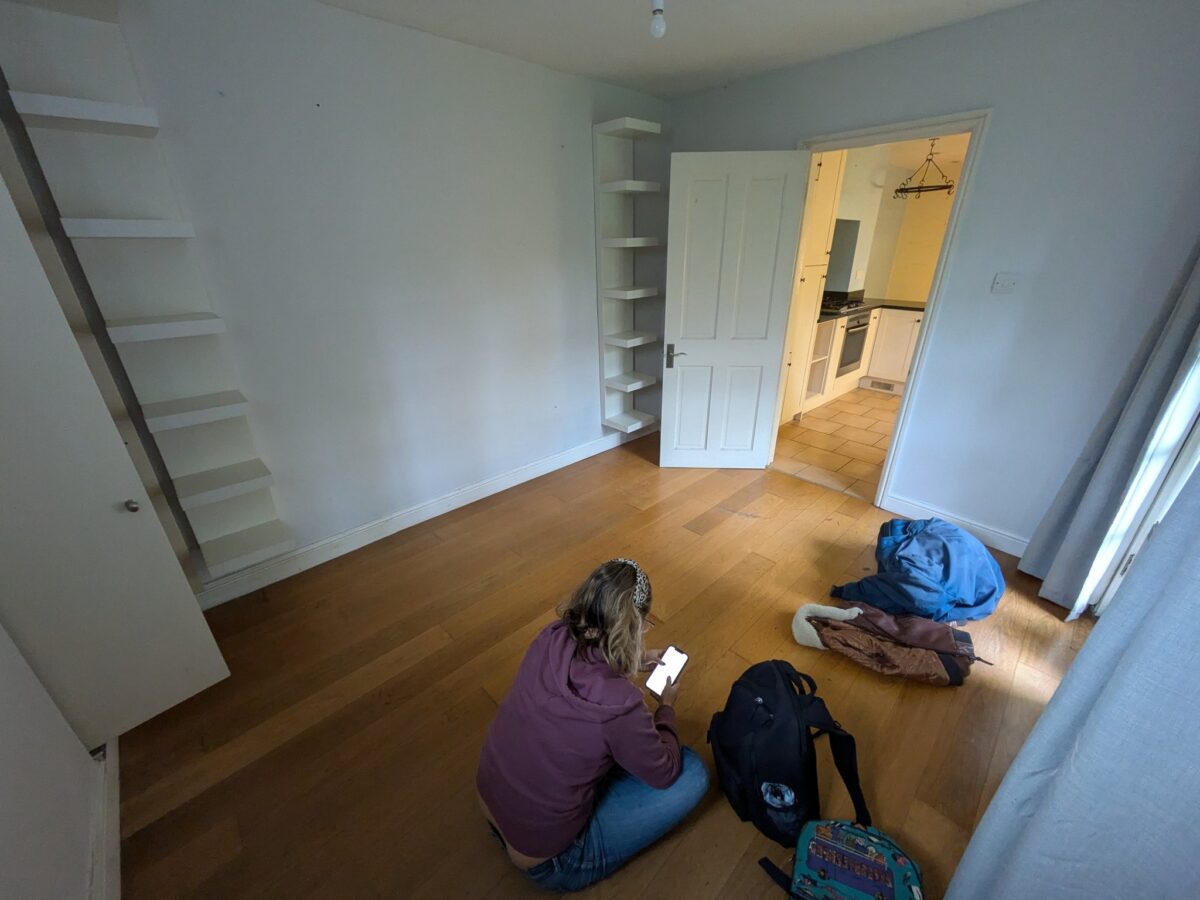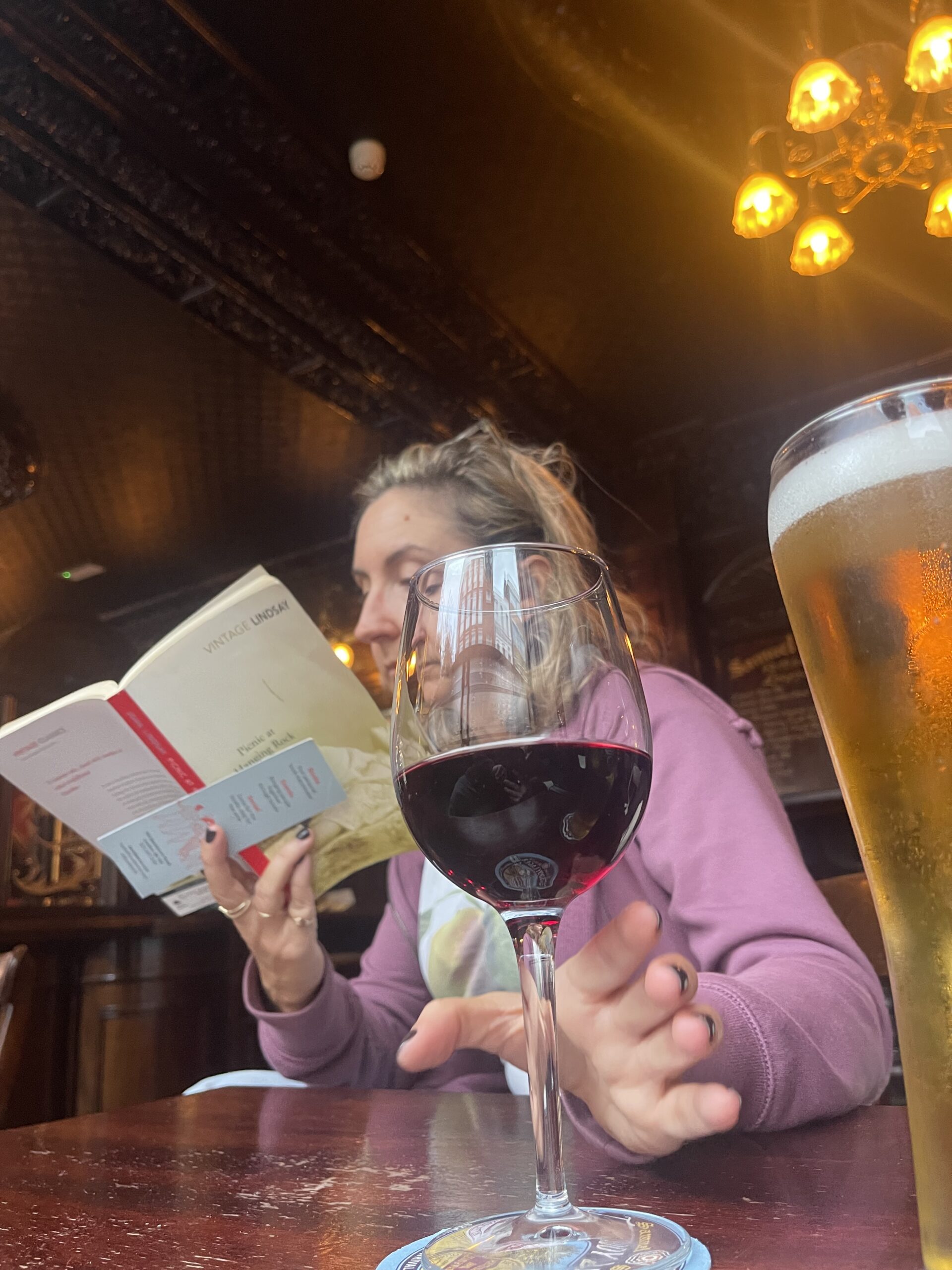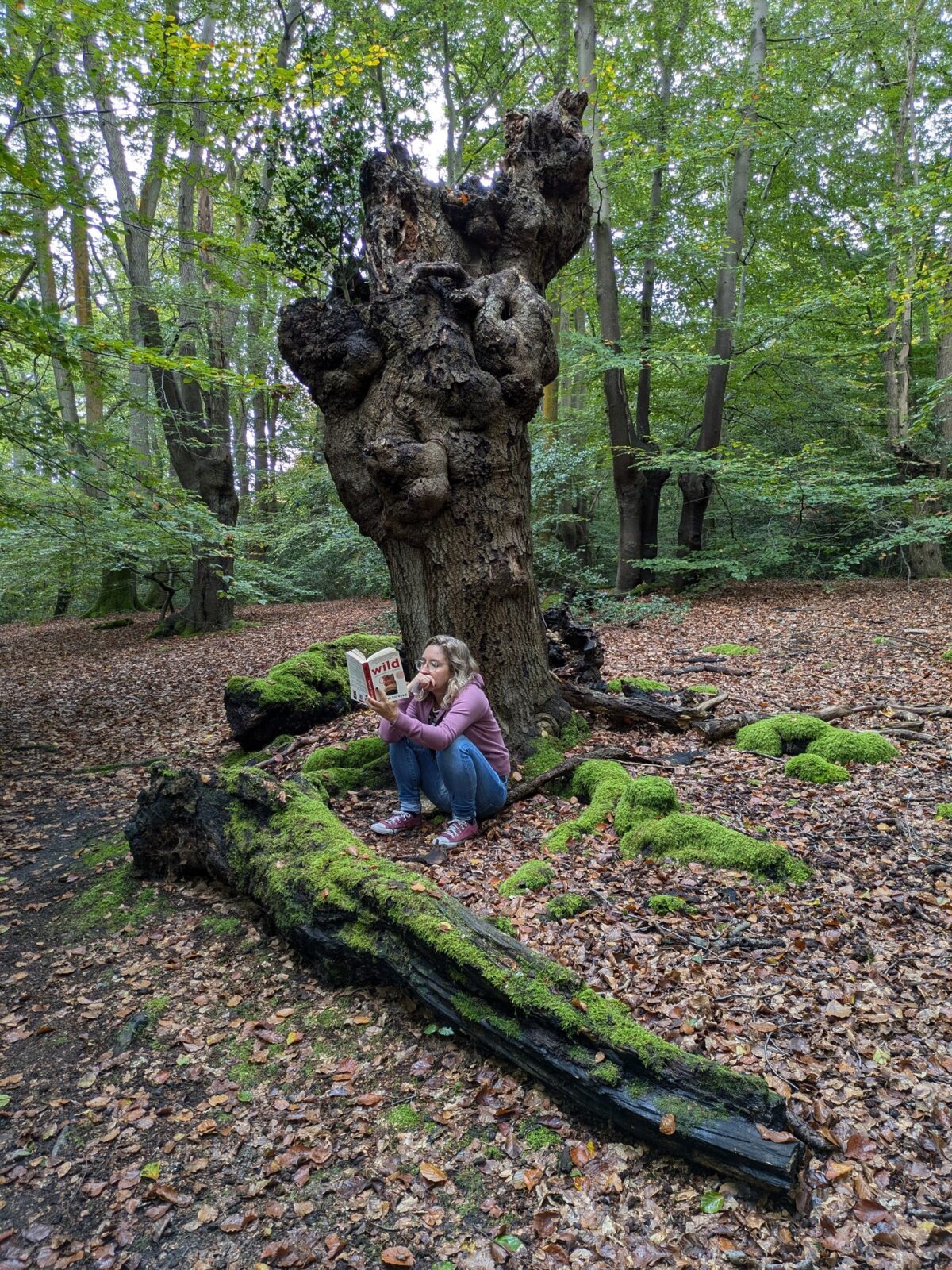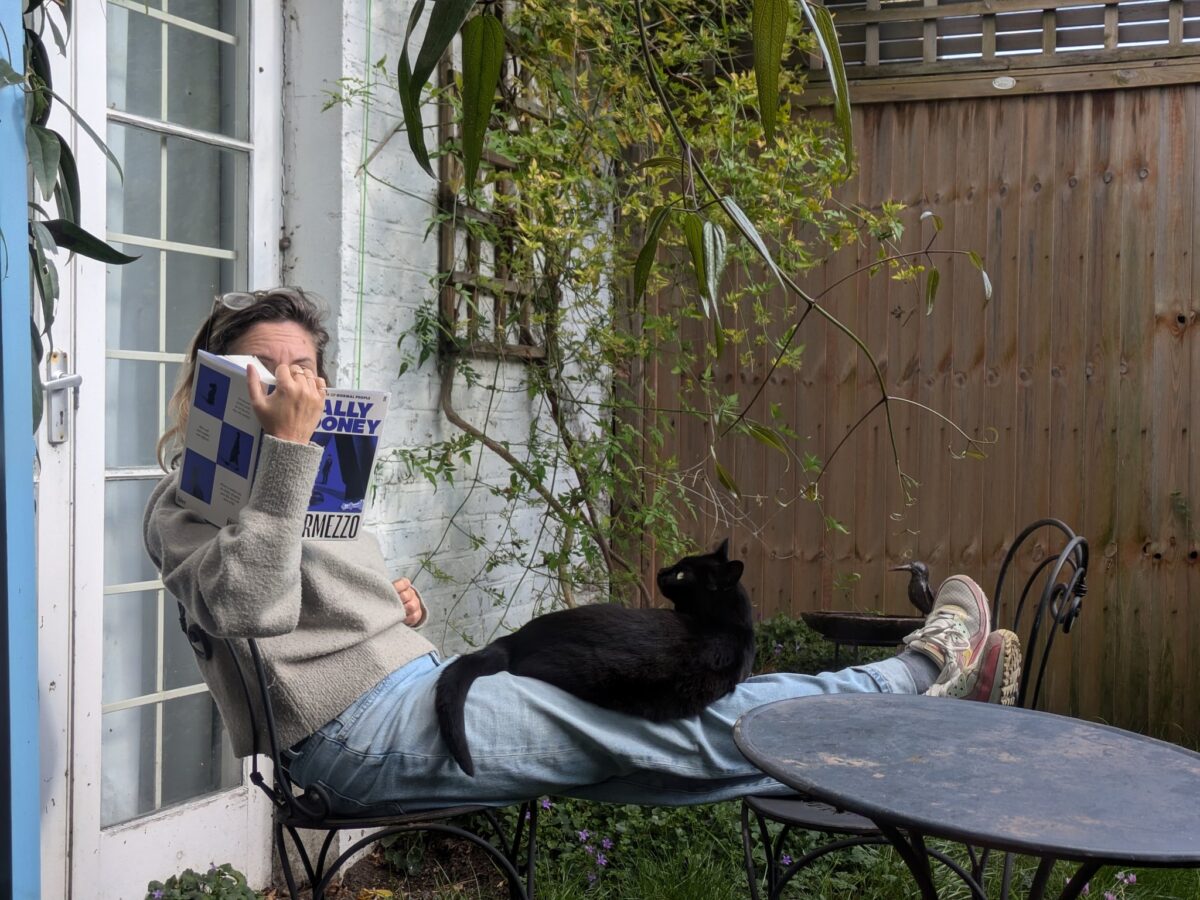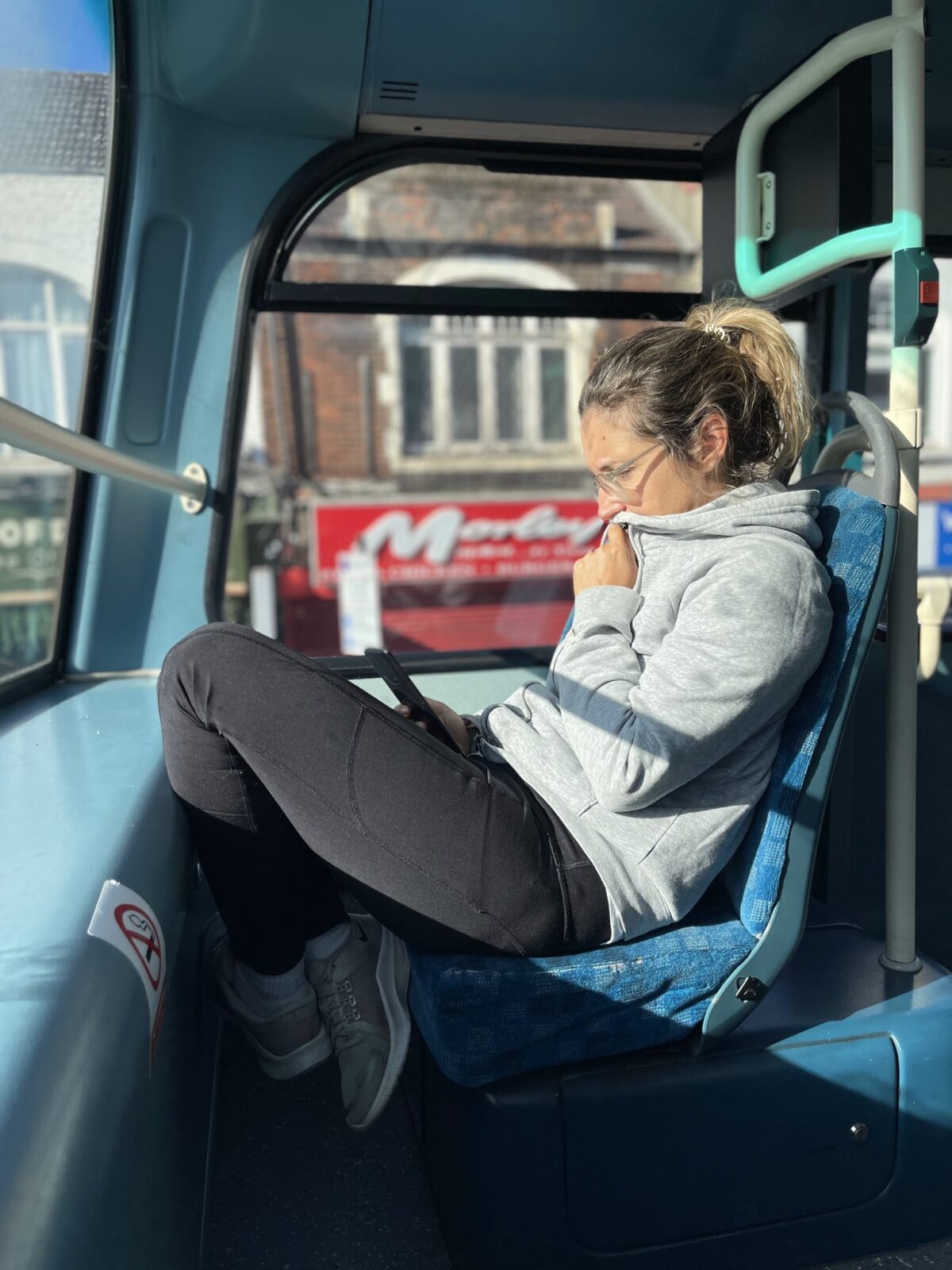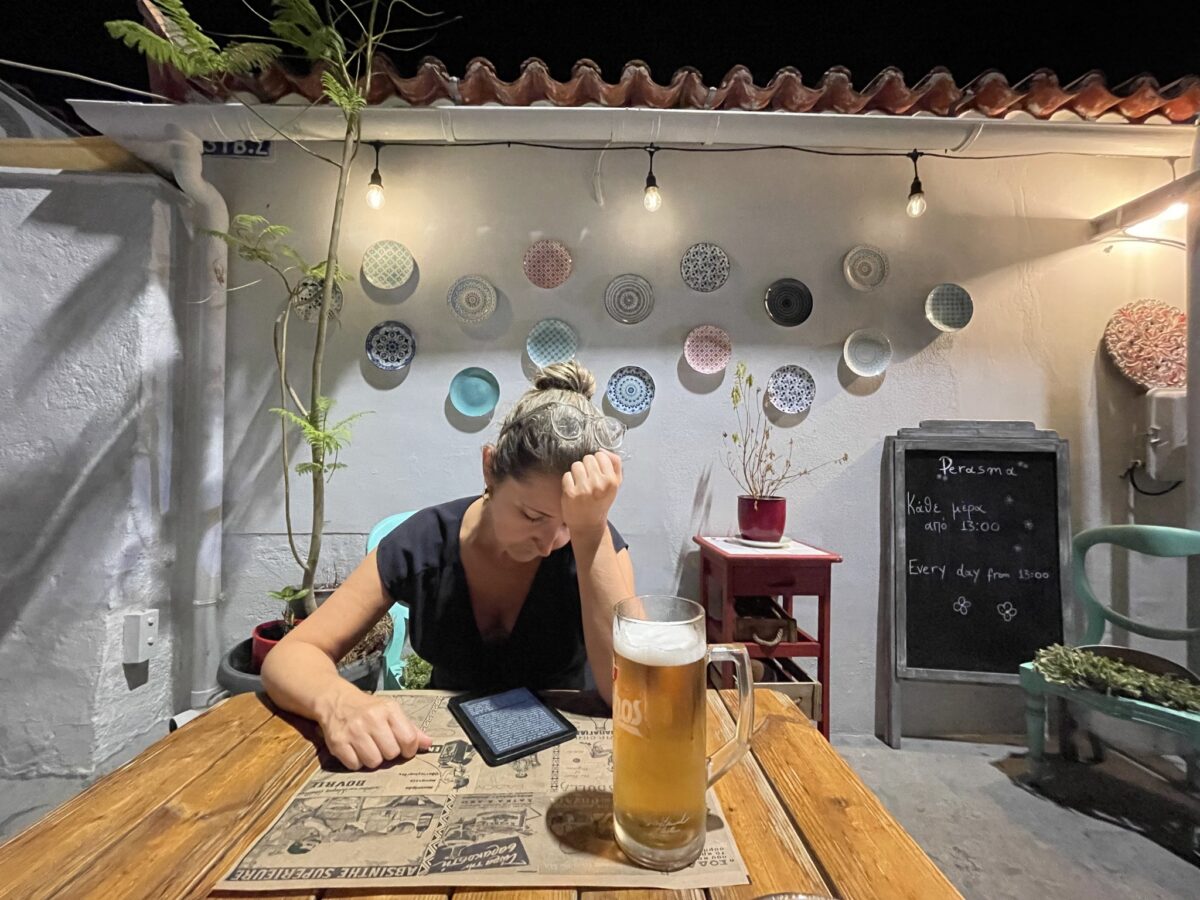I wanted to like this book because Pratchett is a good writer and it’s about productions of OUR TOWN, a play I love. I got about 200 pages in but I just had to quit. The story is set on a cherry farm, and involves this woman telling her three grown daughters the story of her early life, in which she considered being an actress and dated someone who went on to be a movie star. I don’t like books where we have to believe someone is telling someone else a book length anecdote, but okay, I was willing to get past it (see HEART OF DARKNESS and etc). I even enjoyed the flashback parts where she was young and dumb. But the current-day parts were so gruellingly annoying I just couldn’t. It was a really creepy, the nuclear-family-is-all-there-is, the mother-wants-to-eat-her-young, kind of vibe. At one point, the woman is saying how she allows her eldest daughter to have her phone on at the dinner table in case she has to go deal with an emergency, as she is a veterinarian. However, she proudly tells us: “My husband and I turn off our phones because everyone we want to talk to is here.”
VOM! That was when I put it down. My blog tells me I had an equally violent reaction to Pratchett’s BEL CANTO. I’m not sure if there is something wrong with me or with Pratchett.
